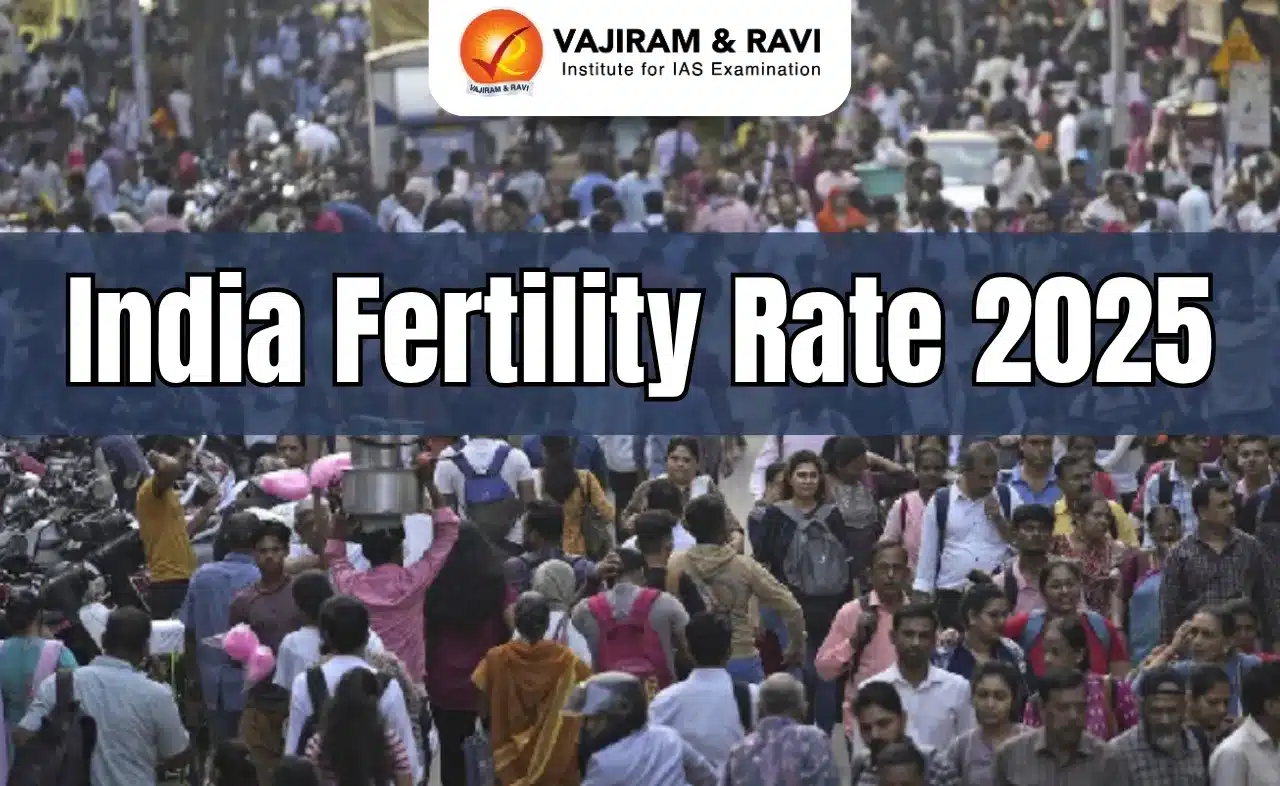What’s in today’s article?
- Why in News?
- The Statistical set-up of the Government of India
- NSO is Mandated with the Following Responsibilities
- Need to Establish a New Committee
- SCoS vs SCES
- How can the SCoS Bridge the Trust Deficit surrounding Official Data?
Why in News?
- The Ministry of Statistics and Programme Implementation (MoSPI) has formed a new Standing Committee on Statistics (SCoS) to advise on official data generated by the National Statistical Office (NSO).
- This panel, chaired by former National Statistical Commission (NSC) chief and India’s first Chief Statistician Pronab Sen, will replace the Standing Committee on Economic Statistics (SCES) that was formed in 2019 to advise on economic data.
The Statistical set-up of the Government of India:
- The MoSPI came into existence as an Independent Ministry in 1999 after the merger of the Department of Statistics and the Department of Programme Implementation.
- The Ministry has two wings, one relating to Statistics and the other Programme Implementation.
- The Statistics Wing called the NSO consists of the Central Statistical Office (CSO), the Computer center and the National Sample Survey Office (NSSO).
- Besides these two wings, there is National Statistical Commission (NSC was created through a resolution) and one autonomous Institute – Indian Statistical Institute – an institute of National importance.
NSO is Mandated with the Following Responsibilities:
- Acts as the nodal agency for planned development of the statistical system in the country.
- Coordinates the statistical work in respect of the Ministries/Departments of the Government of India.
- Prepares national accounts as well as publishes annual estimates of national product.
- Maintains liaison with international statistical organisations, such as the United Nations Statistical Division (UNSD), Economic and Social Commission for Asia and the Pacific (ESCAP), IMF, ADB, FAO, ILO, etc.
- Compiles and releases the Index of Industrial Production (IIP) every month in the form of ‘quick estimates’.
- Conducts the Annual Survey of Industries (ASI).
- Provides statistical information to assess and evaluate the changes in the growth, composition and structure of the organised manufacturing sector.
- Organises and conducts periodic all-India Economic Censuses and follow-up enterprise surveys.
Need to Establish a New Committee:
- The credibility of some of NSO’s data has been questioned.
- For example, in 2019, the government decided to junk the results of two major NSSO household surveys carried out to assess the employment and consumption expenditure levels in Indian households due to data quality issues.
- Data showing contemporary ground realities is unavailable.
- For example, India’s key economic indicators such as retail inflation, GDP or even the extent of poverty (revised), continue to be based on the 2011-12 numbers.
- It compels the government to rely on proxy data such as Employees’ Provident Fund (EPF) account numbers to gauge employment trends and the National Family Health Survey to assess poverty levels.
SCoS vs SCES:
- The SCES was mandated to review the framework for economic indicators such as those pertaining to the industrial and services sectors, along with labour force statistics.
- Its focus was limited to reviewing high-frequency data like the Index of Industrial Production (IIP) and the Consumer Price Index (CPI), apart from surveys and enumerations like the
- Economic Census,
- Annual Survey of Industries and
- Periodic Labour Force Survey.
- Its focus was limited to reviewing high-frequency data like the Index of Industrial Production (IIP) and the Consumer Price Index (CPI), apart from surveys and enumerations like the
- The SCoS has enhanced terms of reference that enable it to advise the Ministry not just on all existing surveys and data sets, but also –
- Identify areas where data gaps exist,
- Suggest ways to fill them and carry out pilot surveys and
- Studies to finetune new approaches for capturing better data.
- The new committee is also half the size of the 28-member panel that was reviewing economic data.
How can the SCoS Bridge the Trust Deficit surrounding Official Data?
- Traditionally, the NSO used to appoint committees to advise on design and methodology for Surveys.
- However, the new panel explores the availability of administrative statistics that can be useful for surveys and generating more data.
- The new panel is expected to help address issues raised from time to time on the results and methodology of surveys.
- With survey design and features evolving, the panel can seek to sensitise data users about the nuances involved to ensure better interpretation of the numbers.
- Most importantly, the SCoS [whose official data will be assessed by the independent NSC, to check whether it is fit for release/ not] must seek to rebuild the credibility of India’s statistics.
Q1) What are standing committees of Parliament?
The Standing Committees are permanent, which are constituted every year or periodically and work on a continuous basis. These can be classified into six categories – Financial Committee, Departmental Standing Committees, etc.
Q2) What is the Employees’ Provident Fund (EPF) scheme?
EPF is the main scheme under the Employees’ Provident Funds and Miscellaneous Provisions Act, 1952. The scheme is managed under the aegis of Employees’ Provident Fund Organisation (EPFO).
Source: Explained | Can the new data panel improve India’s statistics?
Last updated on June, 2025
→ UPSC Notification 2025 was released on 22nd January 2025.
→ UPSC Prelims Result 2025 will be out soon for the CSE held on 25 May 2025.
→ UPSC Prelims Question Paper 2025 and Unofficial Prelims Answer Key 2025 are available now.
→ UPSC Calendar 2026 is released on 15th May, 2025.
→ The UPSC Vacancy 2025 were released 1129, out of which 979 were for UPSC CSE and remaining 150 are for UPSC IFoS.
→ UPSC Mains 2025 will be conducted on 22nd August 2025.
→ UPSC Prelims 2026 will be conducted on 24th May, 2026 & UPSC Mains 2026 will be conducted on 21st August 2026.
→ The UPSC Selection Process is of 3 stages-Prelims, Mains and Interview.
→ UPSC Result 2024 is released with latest UPSC Marksheet 2024. Check Now!
→ UPSC Toppers List 2024 is released now. Shakti Dubey is UPSC AIR 1 2024 Topper.
→ Also check Best IAS Coaching in Delhi






















